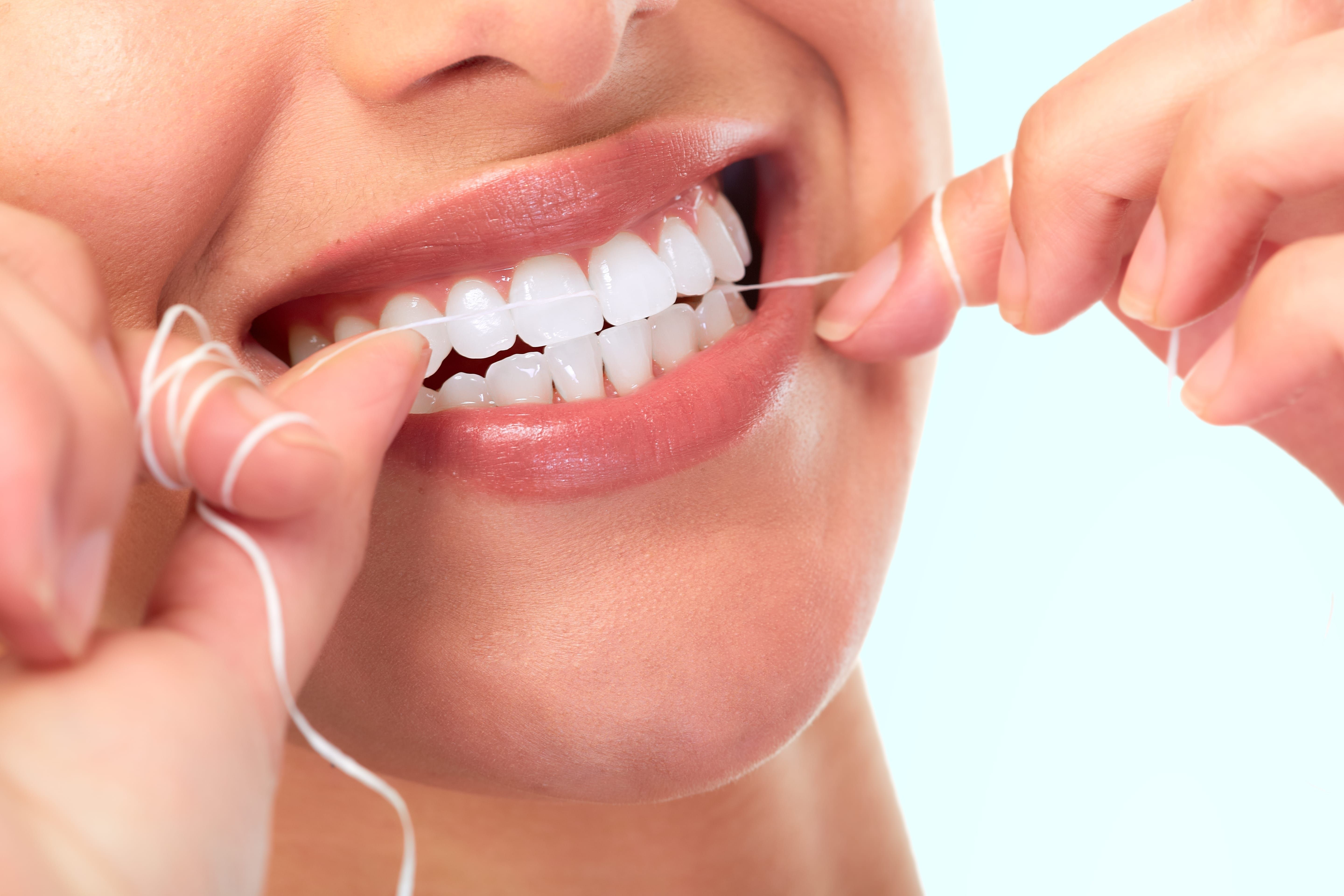How to Floss My Teeth

“Don’t forget to brush and floss between visits!” It’s a common admonition we hear when we leave from a dental appointment, and we always promise to do our best and turn over a new oral health care leaf before we see them again. When we get home, however, we’re left with something of a quandary, especially if we’re not experienced with the process of good dental hygiene. How, exactly, does one floss one’s teeth in a way that is both safe and effective? Jacob Laudie Dental sees hundreds of patients a year, and it comes as no surprise that poor flossing habits are a commonly seen problem. That’s why Dr. Laudie put together this quick and simple guide to proper flossing!
The Basics Of Flossing: Why We Do It
Let’s start with a basic piece of information first, why should we floss? On the surface, it appears that our teeth are firmly placed together, with little to no way to get anything in between them. Food and food particles are tricky little beasts, unfortunately, and are able to sneak their way in between our teeth where they can cause tooth decay, halitosis, and gingivitis. By flossing regularly we remove these food particles and ensure that our teeth remain clean and healthy for years to come. Of course, this is easier said than done. The mouth is a tricky place, and flossing properly isn’t as simple as running some floss between your teeth.
Getting Started With Flossing
It all starts with getting yourself a proper flossing instrument. For many people, this is nothing more than a length of floss about 18” long that you can wrap around two fingers to get in between your teeth and gums. There are a bunch of other varieties as well though, including tools that make getting into your mouth and flossing your teeth extra easy! After choosing your preferred instrument, you simply slide the floss in between your teeth gently with a back and forth sawing motion, be sure to clean thoroughly between them and get all the particles and food out! When the floss becomes gunked up with residue, simply get a clean length of floss!
There’s More Than One Kind Of Floss! Help!
There are really only two types of floss, waxed and unwaxed, so you don’t have much to worry about here. If you’re wondering which is more effective, there really isn’t a difference in their efficacy, however, the waxed variety has a much easier time sliding between the teeth and doesn’t tend to fray as much in the process. Overall this makes the waxed variety preferable for both ease of use and how long a roll will last.
Flossing your teeth daily is a vital part of ensuring you have healthy teeth that last you a lifetime. Every year people experience dental conditions caused by inadequate hygiene, and even those who brush regularly will find themselves getting cavities and gingivitis between their teeth and down near the gumline. Contact Jacob Laudie Dental today for an appointment to assess your dental health and get tips on flossing properly!
